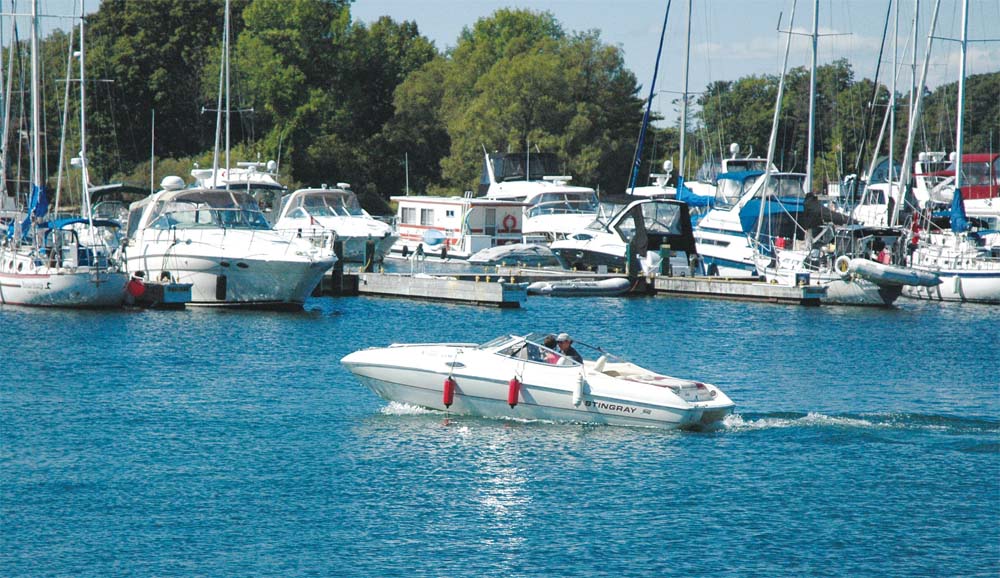By Mark King
Originally posted November 1, 2012.
Books you should have aboard.
In this month’s column, I want to wrap up our conversation about paper charts from the two previous issues of this column in Power Boating Canada.
Building your on-board library
Somewhere, tucked away on any well-found boat, is a library with charts and publications that the boat should be carrying. Over the past two columns I have provided a brief introduction to nautical charts, how to read them, why you should have them on board, and how they can be used to protect your boat.
As well as nautical charts, boaters should carry other publications on board that can help them navigate wherever they happen to be boating. Other publications are numerous. Among the most useful are Small Craft Guides and Sailing Directions published by the Canadian Hydrographic Service.
These publications offer some overall background on the area they cover which includes typical weather expectations through the seasons, height of water above sea-level, and a general description of the area. Then they offer a detailed account of what you will see as you progress on your route explaining in detail docks, marinas, and other features of significant interest and concern to boaters. They include aerial and other photographs to help illustrate the route. Especially on canals or narrow waterways such as the St. Lawrence River and the Ottawa River, such instruction books are an invaluable reference.
You should have a copy of the latest Canadian Coast Guard Safe Boating Guide on board. It will point out new regulations or equipment requirements.
Historic Canals also have a guide, a copy of which is supposed to be on board any vessel operating on these waterways. Some of these publications are free and are now downloadable from the internet.
As well, there are many privately printed publications that boaters will find useful. First Aid booklets, fire fighting information, local publications that describe areas where you might be boating, and many more can provide important and useful information. Several companies publish locally based magazines and locally produced charts and guides that can help add to your knowledge of the area where you are boating.
Finally, as explained in this column in the past, you should have the publications you need to manage your boat. Engine and equipment manuals are chief among these. With the latest up-to-date charts and the latest nautical publications on board, you should never have unfortunate navigational misadventures.

